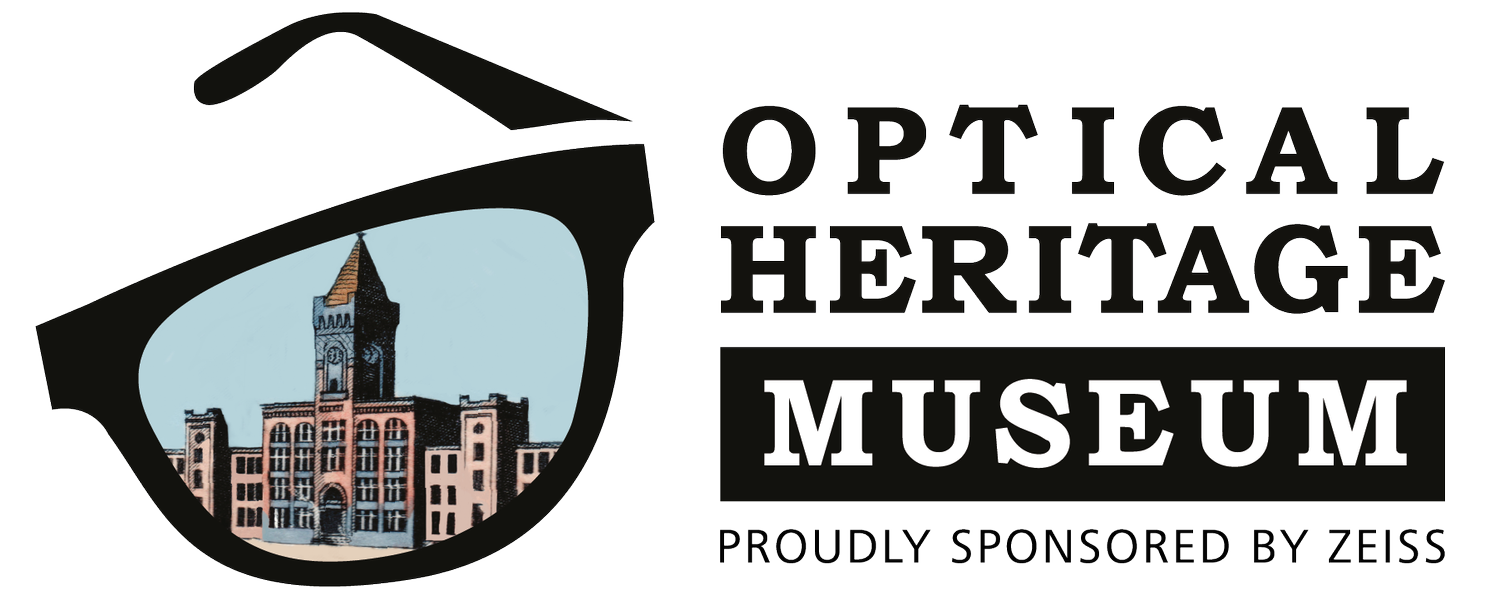
Norman Rockwell
AO partners with the most influential painter of the day
THE MOST ARTISTIC PUBLIC AWARENESS CAMPAIGN IN THE HISTORY OF VISION CARE
90 years ago, America’s foremost illustrator and its leading visioncare company worked together on a new way to promote vision health
By Ted Gioia.
Ninety years ago, American Optical embarked on one of the most ambitious public awareness campaigns in the history of eyecare. Looking to promote healthy vision, the company enlisted the services of Norman Rockwell, the most popular illustrator of the era. The end result was a pioneering program that not only spurred people to get their eyes examined, but also created some of the most cherished works of American art from that period.
These paintings are well-known and admired even today, almost a century later, and show up on posters and websites. But how many viewers are aware of their origins in visioncare marketing? When Sotheby’s auction house sold one of the Rockwell works in 2014 for $1.3 million dollars, many observers were no doubt puzzled to see in the lower right-hand corner, above the artist’s signature, two mysterious letters in boldface: a capital A linked to a capital O. These referred to American Optical (now part of Carl Zeiss Vision)—given top billing here, even above Rockwell’s name.
Just as puzzling, at least to many people nowadays, is the name of the painting. It’s called “If Your Eyesight Controls Your Great Decisions,” but the action depicted is simply two gentlemen playing cards. Yet once you know the name, you might notice that one of the card players—the smiling fellow who appears to be winning the game—is wearing a stylish pair of spectacles.
The public first saw Rockwell’s painting in the December 14, 1929 issue of Saturday Evening Post. Although the painting has been widely exhibited, the original marketing materials (shown here) have rarely been viewed in subsequent years. But they are getting seen again thanks to the Optical Heritage Museum in Southbridge, Massachusetts. This unique organization, supported by Carl Zeiss Vision, is making a wide range of historic documents and images from the history of eyewear available again, both online and in exhibits.
Rockwell’s paintings were featured across national publications including the Saturday Evening Post
The original painting featured in this 1929 ad for American Optical was sold in 2014 by Sotheby’s Auction House for $269,000
Rockwell’s evocative painting aimed to promote AO’s Tillyer Lens, the biggest innovation in consumer optics of the 1920s. The optimized performance of this lens offered crisper vision, especially in the periphery, and significantly reduced eyestrain. In many ways, this breakthrough lens design was the forerunner of today’s high tech lenses.
“All these decades later, we are still addressing the same issues of eyestrain and comfortable vision,” remarks Zeiss vice president Karen Roberts, “but with more advanced digital age technologies. If Rockwell were painting about the subject today, he would probably depict someone using a tablet or a smartphone.”
Rockwell created six paintings for American Optical, but at least one of them may have been destroyed in a 1940s fire in the artist’s studio. Some of the supposedly destroyed works have later shown up at auction, and it’s possible that lost AO-commissioned work might eventually come to light.
In an interesting twist, Rockwell later moved to Massachusetts and lived within commuting distance of the American Optical headquarters and manufacturing operations in Southbridge, Massachusetts—the same city where the Optical Heritage Museum is now located. The artist’s works and legacy are now handled by the Norman Rockwell Museum in nearby Stockbridge.
The collection there also includes American Optical eyeglasses worn by Norman Rockwell, and even the original package they came in when they arrived in the mail. “He not only painted AO eyewear,” remarks the museum’s executive director Dick Whitney, “he also used it every day in making his other famous works.”
Education
Learning before the internet?
Children
Creating cool eyewear for kids
You might also like…



